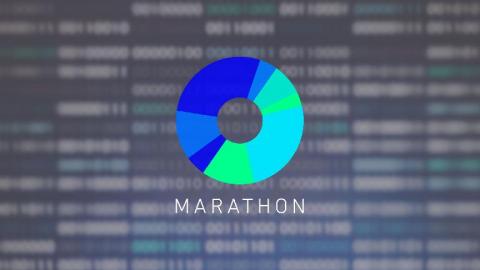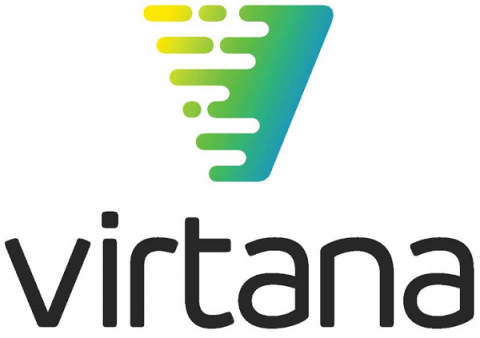Operations | Monitoring | ITSM | DevOps | Cloud
DevOps
The latest News and Information on DevOps, CI/CD, Automation and related technologies.
Stabilizing Marathon: Part II
Part I covered our team culture which applies to many different types of work and teams. This part will cover our software engineering best practices that help us stabilize Marathon. Marathon is written in Scala and makes heavy use of Akka Actors and Streams. I probably don’t have to mention that Scala’s type system and its immutable data structures avoid a lot of bugs before we even run unit tests.
Hybrid Cloud: How to Build an Effective Strategy
Cloud computing is a foundational platform for modern businesses, enabling digital transformation and supporting organizational agility. The benefits of putting applications in the cloud are well documented: flexibility, scalability, and reliability with a lower capex investment.
Using Cloud Logging on GKE
Hands-on Lab - Artifact Management With JFrog Artifactory
Intro to K8s and Rancher - 2020-07-24
Understanding Kubernetes Cluster Autoscaler: Features, Limitations and Alternatives
There are different tools and mechanisms for autoscaling in Kubernetes at both the application and infrastructure layers to help users manage their cluster resources. In this article, we’ll explore two infrastructure autoscaling tools for Kubernetes — Ocean by Spot and open source Cluster Autoscaler.
Automated Deployment Monitoring with Lightstep and Codefresh
Announcing HAProxy Data Plane API 2.1
Version 2.1 of the HAProxy Data Plane API expands support to all available request and response actions, adds Lua actions, and improves file handling. A year ago, we introduced version 1.0 of the HAProxy Data Plane API, enabling you to configure your HAProxy load balancers remotely through a modern RESTful HTTP API. That first version of the API focused on the essential behaviors for creating frontend proxies, backend server pools, ACLs and traffic switching rules.
Stabilizing Marathon: Part I
This is a review of the last three years that we spent stabilizing Marathon. Marathon is the central workload scheduler in DC/OS. Most of the time when you launch an app or a service on DC/OS, it is Marathon that starts it on top of Apache Mesos. Mesos manages the compute and storage resources and Marathon orchestrates the workload. We sometimes dub it the “init.d of DC/OS”. Being such an integral part of DC/OS, we must ensure that it keeps functioning.











